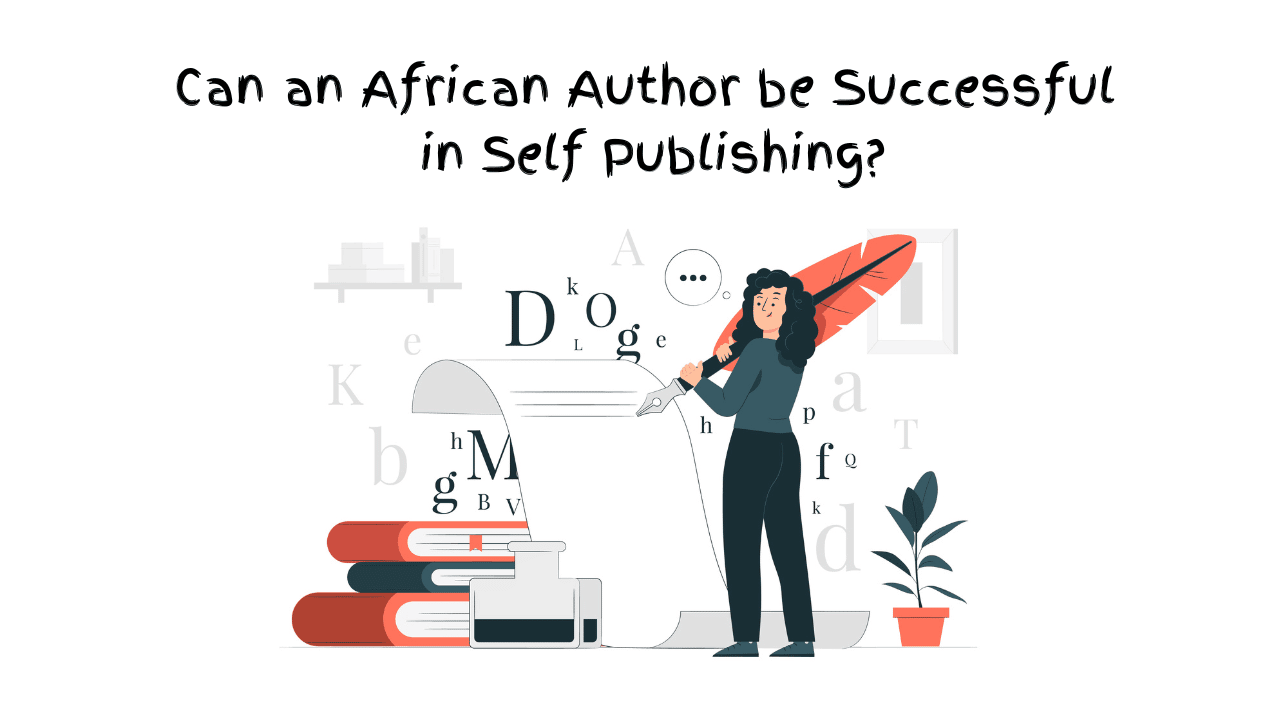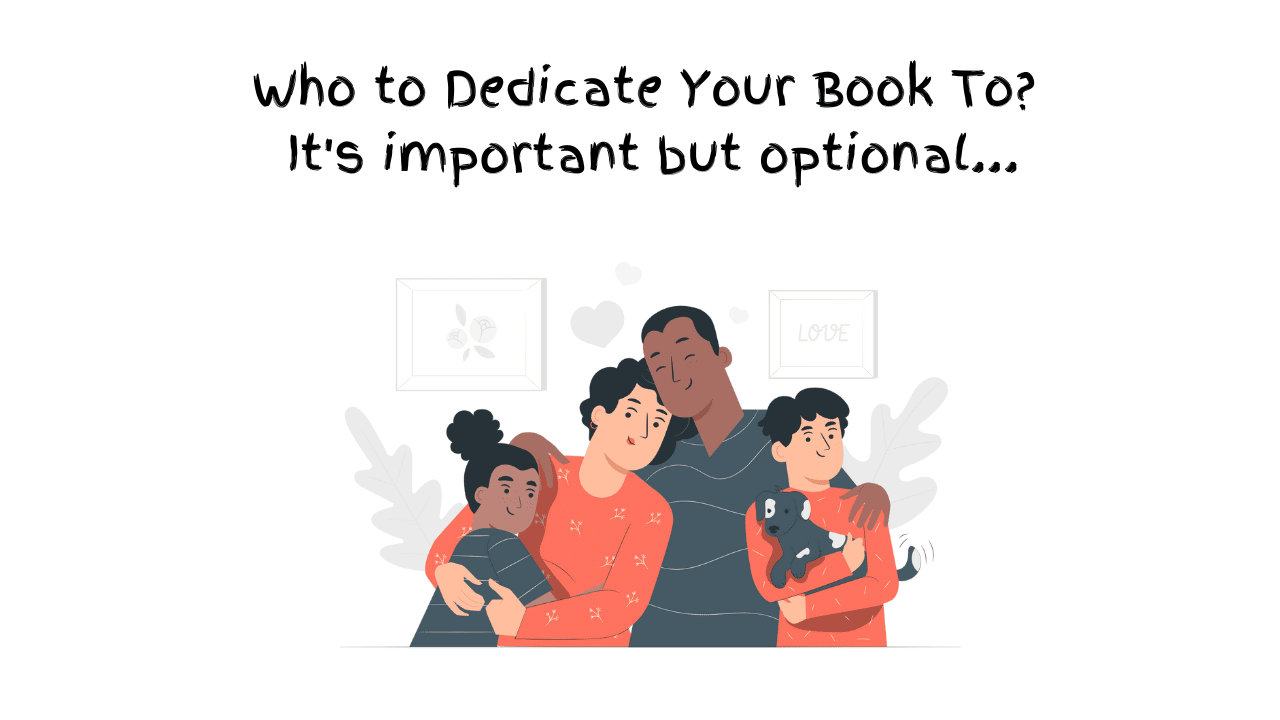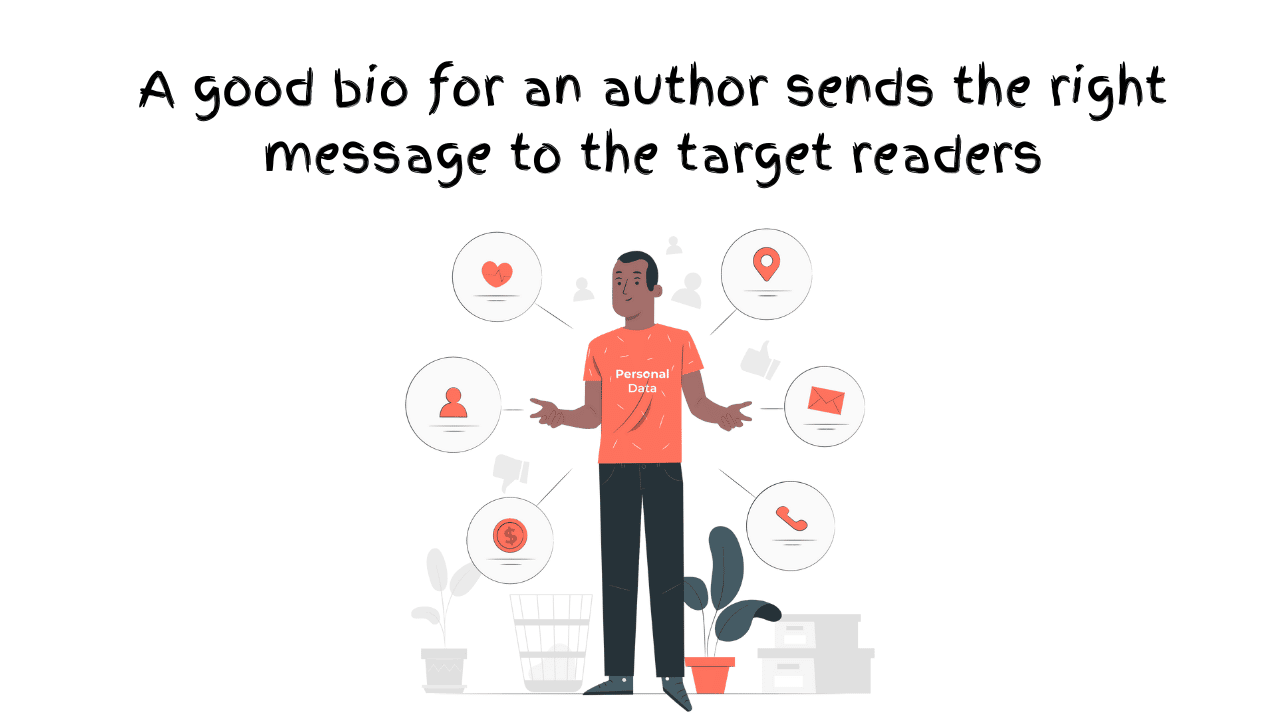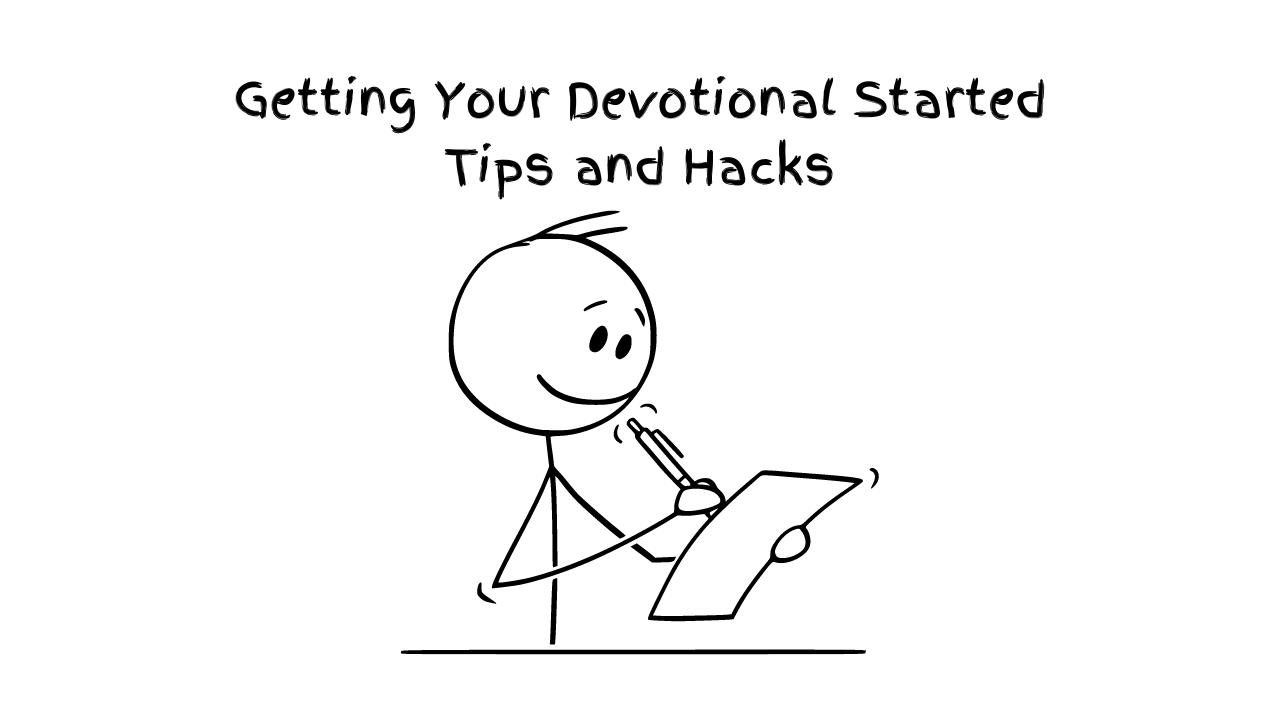Using other people’s stories can be a powerful way to convey your message and connect with readers, especially when you’re unable or choose not to use your own personal stories.
There are several reasons why a writer may be unable or unwilling to use their own story in their writing:
Privacy Concerns: Some writers may have concerns about privacy and prefer to keep personal details or experiences private, especially if they involve sensitive or intimate topics. They may choose to respect their own privacy boundaries and refrain from sharing personal stories in their writing.
Emotional Distress: Writing about personal experiences can be emotionally challenging and may bring up painful memories or trauma. Some writers may not feel ready or comfortable exploring these emotions on the page and may choose to focus on other topics instead.
Legal or Ethical Considerations: Writers may face legal or ethical considerations that prevent them from sharing certain aspects of their personal story. This could include concerns about defamation, invasion of privacy, or confidentiality agreements that restrict what they can disclose publicly.
Cultural or Familial Expectations: In some cultures or families, there may be expectations or taboos surrounding the sharing of personal stories in public settings. Writers may feel pressure to adhere to these cultural or familial norms and choose to respect these boundaries in their writing.
Desire for Objectivity: Some writers may prefer to maintain a sense of objectivity and distance from their subject matter, particularly if they are writing about controversial or contentious topics. They may believe that using their own story could introduce bias or undermine the credibility of their writing.
Focus on Universal Themes: Writers may choose to focus on universal themes and experiences rather than their own personal story in order to make their writing more accessible and relatable to a wider audience. By using stories that resonate with readers from diverse backgrounds, they can create a more inclusive and impactful narrative.
Artistic Choice: Ultimately, the decision to use or not use one’s own story in writing is a personal and artistic choice. Writers may have their own reasons for choosing to incorporate or exclude personal stories from their work, and these decisions should be respected and understood within the context of their creative process.
Here’s how you can effectively use other people’s stories to drive your point home in a non-fiction Christian book:
By using other people’s stories thoughtfully and respectfully, you can enrich your non-fiction Christian book with diverse perspectives and insights, ultimately helping readers connect more deeply with the message you’re conveying.
When incorporating other people’s public stories into a non-fiction Christian book, it’s essential to do so ethically and responsibly.
Here are some ethical guidelines to follow:
Select Relevant Stories: Choose stories that are relevant to the themes, concepts, or lessons you want to convey in your book. Look for stories that resonate with your target audience and illustrate the key points you’re trying to make. Ensure that the stories align with the overall message and tone of your book.
Seek Permission: Always seek permission from the individuals whose stories you want to include in your book, especially if they are identifiable. Obtain written consent that clearly outlines how their story will be used, including any potential edits or adaptations.
Respect Privacy and Confidentiality: Respect the privacy and confidentiality of individuals by anonymizing their stories whenever possible. Avoid sharing sensitive or personal information that could potentially harm or embarrass the individuals involved unless you have explicit permission to do so.
Provide Context and Attribution: Provide context and attribution for the stories you include, acknowledging the individuals who shared them and providing appropriate credit. Clearly indicate whether the stories are based on real-life experiences or fictionalized accounts. Offer context and background information to help readers understand the significance of the stories you’re sharing. Explain why you’ve chosen to include these particular stories and how they relate to the topics you’re discussing. Provide any necessary details to help readers fully grasp the meaning and impact of the stories.
Obtain Verifiable Information: Verify the accuracy and authenticity of the stories you include to ensure that they are truthful and factually correct. Avoid embellishing or exaggerating details for dramatic effect, as this can undermine the credibility of your book.
Maintain Authenticity: Even though you’re using other people’s stories, strive to maintain authenticity and honesty in your writing. Present the stories truthfully and accurately, respecting the integrity of the individuals involved.
Respect Cultural and Ethical Considerations: Be mindful of cultural sensitivities and ethical considerations when sharing other people’s stories, especially those related to sensitive topics such as trauma, illness, or personal struggles. Obtain informed consent and handle the material with sensitivity and compassion.
Use Stories to Illustrate Key Themes: Use other people’s stories to illustrate key themes, concepts, or principles in your book in a respectful and meaningful way. Ensure that the stories contribute to the overall message and purpose of your book, adding depth and relevance to the narrative.
Protect Against Misuse or Misrepresentation: Avoid using other people’s stories in a way that could be perceived as exploitative, manipulative, or misleading. Be transparent about how the stories will be used and ensure that they are presented in a responsible and respectful manner.
Consider Alternatives: If obtaining permission for the use of other people’s stories is not feasible, consider using fictionalized accounts or composite characters to illustrate similar themes or experiences. However, be transparent about the creative liberties taken and avoid misleading readers about the nature of the material.
Highlight Universal Themes: Look for stories that contain universal themes or experiences that readers can relate to and learn from. Focus on the emotions, challenges, and insights conveyed in the stories, rather than the specific details of the individuals’ lives. Highlight the broader lessons and principles that emerge from the stories.
Offer Reflection and Application: After sharing each story, offer reflection questions or prompts to help readers process and apply the lessons learned. Encourage readers to consider how the stories resonate with their own lives and experiences, and to reflect on how they can incorporate the lessons into their faith journey.
Acknowledge Sources: Provide proper attribution for the stories you’re sharing, acknowledging the individuals or sources from which they originated. Give credit where credit is due, and avoid presenting other people’s stories as if they were your own. Be transparent about the sources of the stories and the context in which they were shared.
Overall, the ethical use of other people’s public stories in a non-fiction Christian book requires careful consideration, respect, and integrity. By following these guidelines, you can incorporate compelling stories into your book in a way that honors the individuals involved and enriches the reader’s experience.
Step1: Prepare Yourself to Get Published…
Are you ready to publish your book? Here is how you need to prepare. Have your manuscript ready and explore the oprions available today. If you are stuck in getting it started or finished, there is several ways to get help. Explore and get published today!
Read MoreStep2: Let’s Talk About Publishing
The self-publishing landscape has changed considerably in the past two decades with new technologies such as the Internet, and the $1 billion markets continuing to change at a rapid pace. Increasingly, there are numerous alternatives to traditional publishing, and self-publishing is becoming the first choice for writers.
Read MoreStep3: Factors to Consider Before Self Publishing
Jesus, while talking to the disciples about following Him, asked them to count the cost. The same Scripture applies to authors today - you have to count the cost from the beginning to ensure you don't stop at some point in your book project's journey.
Read MoreStep4: Requirements for Self Publishing
Are you ready to be published? Use our 4 points check list and tick 'Published Author' box so you can move on to the next God-given assignment...
Read MoreStep5: Publishing Steps – Review
Is your manuscript due for a review towards getting published? The major focus during manuscript review is the general quality of the book. It is important to establish the overall completeness, scope and readership of the manuscript and whether the presentation and accessibility of the book is suitable. #RaisingAfricanVoices
Read MoreStep5a: How to Write a Book Dedication
A book dedication is a way for you, the author to bestow a high honor on a person (or a group of people) you wish to praise or otherwise spotlight. This dedication note is often short and usually focused on one person (or a specific group of people). It’s supposed to be personal, rather than professional. It goes on the dedication page, which is in the very front of the book, after the title page. Here's how to write one. #RaisingAfricanVoices
Read MoreStep5b: How to Write a Book’s Foreword
A well-written foreword can function as the ultimate third-party recommendation or endorsement for your book, generating interest and helping when it’s time to market your book. Here are the benefits of forewords and a guide to writing one. #RaisingAfricanVoices
Read MoreStep5c: How to Write a Book Introduction
Are you stuck on writing your book introduction? Here's how to... Hook the reader right from the beginning with a personal story from your life, a funny story, a joke, or just an interesting fact that causes him/her to want to continue reading. #RaisingAfricanVoices
Read MoreStep5d: How to Write a Book’s Conclusion
If your readers are in the conclusion chapter, it also means they read the whole book, they liked it, and now they want you to wrap it up. So don’t rash it. Give them what they want. Here's how to write a good conclusion for your book. #RaisingAfricanVoices
Read MoreStep5e: How to Write an Author’s Bio
People are looking for reasons why they should spend their time reading what you have written. You need to instill confidence in your readers that you are knowledgeable on the subject matter by writing an appropriate bio. Here's how to write one. #RaisingAfricanVoices
Read MoreStep5f: How to Write a Book’s Blurb
A blurb is a short yet descriptive account of the book that goes on the back cover or within the book sleeve of a hardcover book. It includes any information that represents the book best and intrigues the readers and shoppers to pick the book off the shelves. Here's how to write one... #RaisingAfricanVoices
Read MoreStep5g: What to Include in the Copyright Page and Complete the Copyrighting Process
Copyright law gives creators of original material the exclusive right to further use and duplicate that material for a given amount of time, at which point the copyrighted item becomes public domain. Here's what you need to know. #RaisingAfricanVoices
Read MoreStep5h: How to Write an Acknowledgment
An acknowledgment section in a book provides the space to go into lenghty details in thanking the people who were sources of inspiration and support for your book and life. Here'show to write one. #RaisingAfricanVoices
Read MoreStep5i: How to Write a Table of Contents
A table of content shows the things that are held or included in something. In the book industry, it is a list of the chapters or sections given at the front of a book or periodical. Here's how to write one... #RaisingAfricanVoices
Read MoreStep6a: How to Write a Devotional
A devotional book is a literary work designed to provide spiritual inspiration, guidance, and reflection for readers seeking to deepen their faith and relationship with God.
Read MoreStep6b: How to Write a Captivating Novel
A great novel is a complex interplay of various elements, but some key components often contribute to its greatness.
Read MoreStep6c: How to Use Dialogue in Story Writing
Effective dialogue is characterized by authenticity, clarity, and relevance to the story. It should sound natural and believable, reflecting the unique voices and perspectives of the characters. Dialogue tags, such as "said," "asked," and "replied," help identify speakers and maintain clarity in conversations.
Read MoreStep6d: How to Use ‘Show Don’t Tell’ in Story Writing
"Show don't tell" is a fundamental principle in storytelling that encourages writers to use descriptive language, actions, dialogue and scenes to reveal information to the reader, rather than simply telling them outright.
Read MoreStep6e: How to Elevate a Flat Non-fiction Christian Book to Make it Personal and Engaging
"Show don't tell" is a fundamental principle in storytelling that encourages writers to use descriptive language, actions, dialogue and scenes to reveal information to the reader, rather than simply telling them outright.
Read MoreStep6f: Ethical ways to use other people’s public stories in a non-fiction Christian book
"Show don't tell" is a fundamental principle in storytelling that encourages writers to use descriptive language, actions, dialogue and scenes to reveal information to the reader, rather than simply telling them outright.
Read More
















